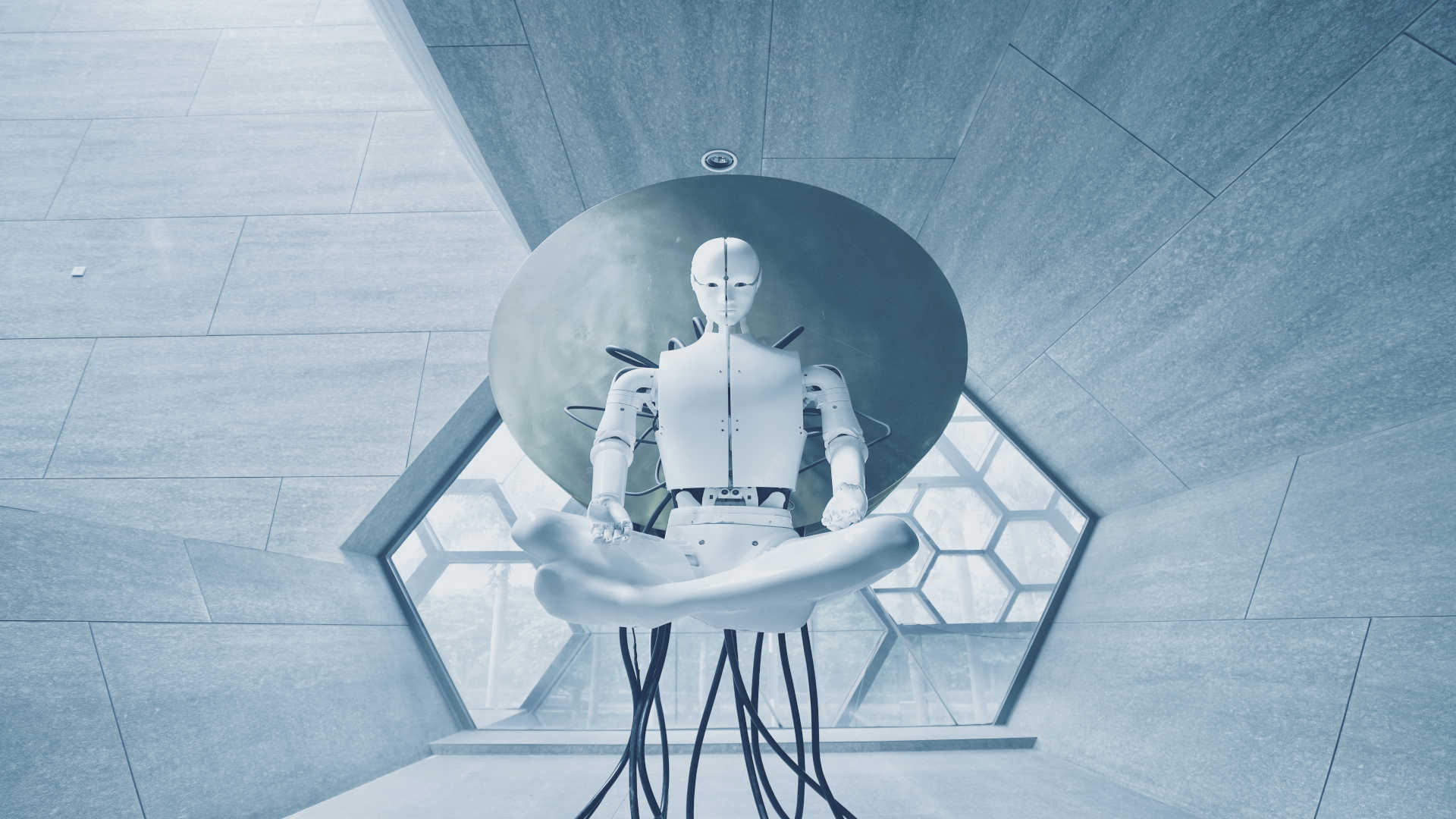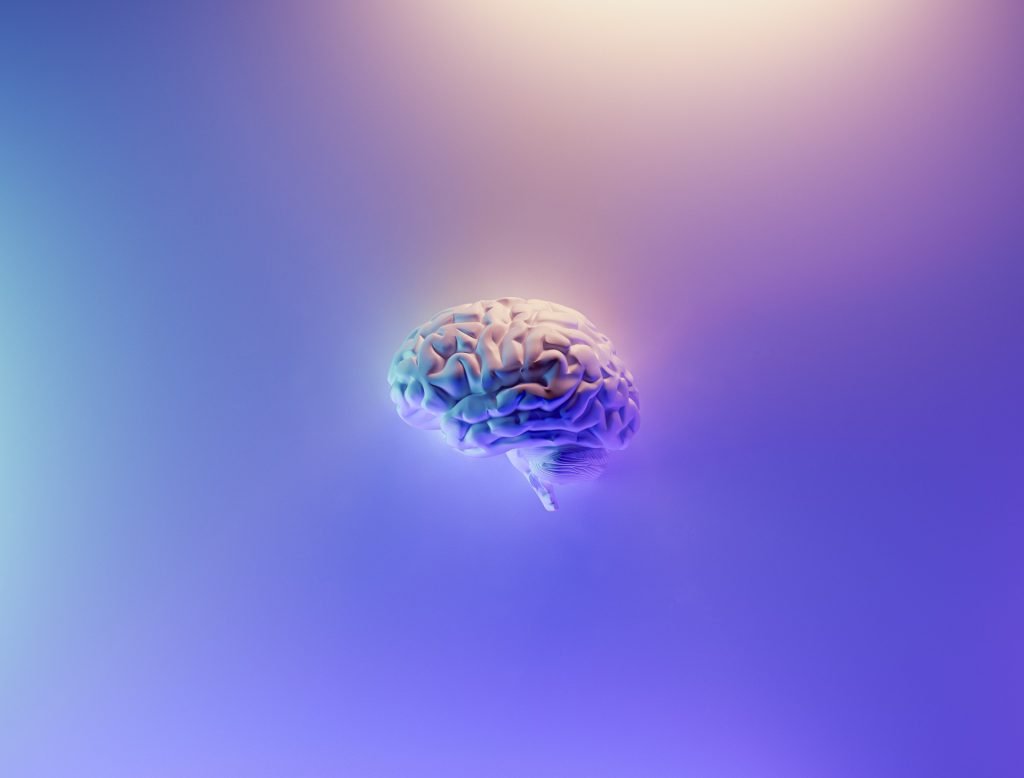The Secret of AI and How It Works

Artificial intelligence, commonly known as AI, has become a revolutionary force in the business world. With its ability to mimic human intelligence and automate complex tasks, AI is transforming the way businesses operate.
Do you wonder about its secrets and uncovering how it actually works.
Whether you are a business owner or an entrepreneur, understanding the fundamentals of AI is essential for you to have a productive conversation with your IT partner when you’re ready to invest in Artificial Intelligence.
Artificial Intelligence, or AI, can seem daunting when it comes to your business. But it’s actually quite simple.
The goal of artificial intelligence is to create systems that function intelligently and independently to solve real-world problems.
The way computers use artificial intelligence is pretty similar to the way we humans process the world around us. In fact, artificial intelligence is achieved by analysing human behaviour and using the outcome to develop artificial intelligence technologies.
From the columns below you can see how artificial intelligence interprets our human behaviour.
| Humans | Artificial Intelligence |
| Communicate by talking & listening | Speech recognition |
| Read & write | Natural language processing |
| Eyesight | Symbolic learning (computer vision) |
| Recognising & processing surroundings | Image processing |
| Movement | Robotics |
| Pattern recognition, e.g. spotting groups of similar objects | Pattern recognition (but on a far greater scale) |
| Use a network of neurons (brain) to learn things | Machine learning through an artificial neural network |
| Scan images through eyes, e.g. from left to right | Machine learning through a convolutional neural network (object recognition) |
| Remember the past | Machine learning through a recurrent neural network |
So how does Artificial Intelligence do all that?
Artificial Intelligence works in two ways:
Symbolic Artificial Intelligence
Applications process strings of characters (symbols) and a hierarchical representation of knowledge to reflect real-world problems.
Symbols can be used to define things (for example, human, cat, dog). They can describe actions (running, walking, sleeping) and they describe hierarchies (a human is made of a skeleton, muscles, nervous system etc).
On a computer, symbols can be arranged in structures such as lists, hierarchies or networks. The structures define how the symbols relate to each other.
Data-based AI (Machine Learning)
Humans have a brain, which is a neural network. Computers also have a sort of brain, an artificial neural network, which can process huge quantities of data.

Machine learning is used to classify data and make predictions with that data.
If you have data on your sales revenue and marketing costs you can plot out that data to look for patterns. A computer can also learn this pattern, then make predictions based on what it learned.
Humans use a few different methods to predict patterns, but computers use thousands of methods. This means they can make predictions we’d never be able to come up with.
What are the different types of machine learning?
Supervised learning: training an algorithm with data that also contains the answer.
For example, you can train a computer to greet your family members by their names, but first you’ll need to tell the computer who each family member is and what their name is.
Supervised learning is exemplified by large language models (LLMs) like GPT-4 developed by Open Ai, which includes Co-pilot and ChatGPT. Google AI, a devision of Google, has also developed Gemmi AI. These advanced technologies allow businesses to leverage artificial intelligence for enhancing a wide range of tasks and processes.
With their extensive training in vast amounts of textual data, large language models possess the ability to generate human-like text, provide accurate translations, assist in content creation, and even aid in code development.
By leveraging these models, business owners can benefit from improved efficiency, enhanced customer interactions, and streamlined workflows, ultimately driving growth and competitive advantage in today’s digital landscape.
Unsupervised learning: training an algorithm with data that you want the computer to use to identify patterns, is an essential tool for businesses seeking to uncover patterns and insights from unlabelled data.
This model allows for the exploration and clustering of data points without the need for predefined labels or targets.
These unsupervised learning models empower businesses to make data-driven decisions and enhance productivity by harnessing the power of AI.

Reinforcement learning: give an algorithm a goal and expect the computer to achieve that goal through trial and error.
What exactly is AI?
AI stands for Artificial Intelligence. It is a branch of computer science that focuses on creating intelligent machines capable of performing tasks that would typically require human intelligence. AI systems use algorithms and data to learn, reason, and make decisions or predictions.
What are the uses for AI?
AI has various uses such as data analysis, pattern recognition, natural language processing, image and speech recognition, recommendation systems, autonomous vehicles, and many more.
Where is AI used?
Artificial Intelligence is used in various industries such as healthcare, finance, transportation, manufacturing, and customer service.
Is AI good or evil?
AI is a tool that can be used for both good and evil purposes. Its impact depends on how it is developed, deployed, and regulated.
Want regular exclusive updates and content from Panoceanic?
Get in Touch
Let’s talk about how technology can transform your business
